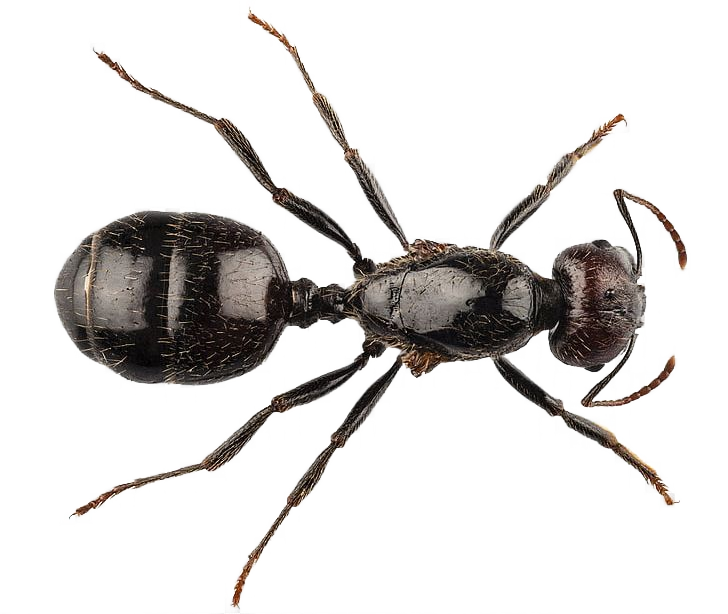
- Decline in motivation?
- In this study, the ants went through 8 trials. This prolonged exposure to the task could have led to cognitive overload and reduced motivation.
- A shorter training prtotocol or longer rest periods might be more optimal and yield better results.
- Did the ants became satiated?
- During the rest periods, the tested ants could perform trophallaxis (exchange of liquid from mouth to mouth) with the ants in the resting box. The tested ant could then offload the reward she drank to these ants, to then return in the arena the next trial with an empty abdomen.
- These offloading ants were replaced if no trophallaxis was occuring or if they were visibly full. However, the decline in success rate could be due to the ants still becoming satiated or disinterested in the reward.

- Do the stimuli components have aversive effects?
- However in this study:
- Ants spent significantly more time in the arm containing amniotic fluid. This does not imply a potential aversive effect of amniotic fluid on the ants.
- Ants spent, on average, only 9.7% of each trial in the runway. This does not indicate potential aversive effects of the stimuli’s components, if the ants were indeed negatively affected we could expect them to spend more time in the runway.
- The potential effects of the components (urine, blood, amniotic fluid, vaginal liquid and semen) have not been studied before, thus it would be of interest these potential effects to further comprehend my findings.
- However in this study:
Does this species not smell the amniotic fluid?
- The identity of a smell is determined by the combinational pattern of activation of olfactory sensory neurons.
- If amniotic fluid does not trigger neural activity in the ants’ antennal lobe, no olfactory representation can be formed, and no learning can occur regardless of reward association.